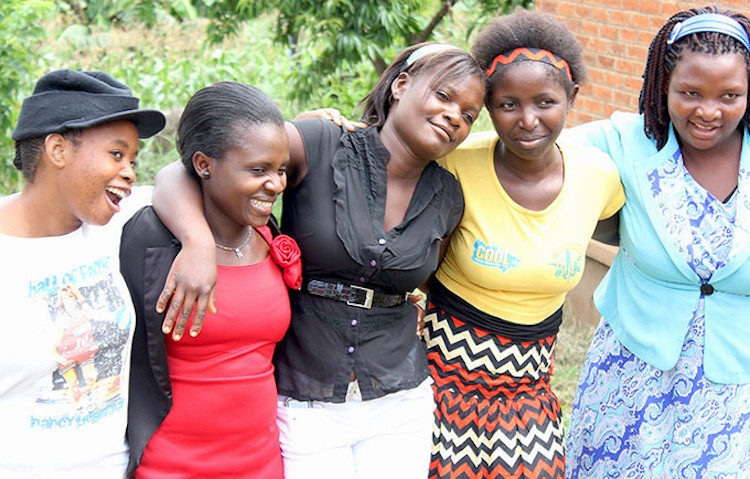By J Nastranis
NEW YORK (IDN) – Less than 30 dollars spent per person per year can work wonders for adolescent health and education, finds a new study commissioned by UNFPA, the United Nations Population Fund.
The report has been published in The Lancet on the eve of the World Bank Spring Meetings in Washington D.C. from April 21 to April 23, 2017, where finance and development leaders from 188 countries were slated to discuss the critical need to invest in adolescents.
The Lancet is an independent, international general medical journal purported to make science widely available so that medicine can serve, and transform society, and positively impact the lives of people. ARABIC | HINDI | SPANISH | SWAHILI | TURKISH |JAPANESE
The study was made public within days of the U.S. decision to cut financial contributions to the UN Population Agency. This is the first of the cuts in U.S. financial contributions to the UN announced by President Donald Trump. The memo, citing the Kemp-Kasten amendment – first enacted in 1985 and previously used by other Republican presidents – alleges that the UNFPA “supports, or participates in the management of, a programme of coercive abortion or involuntary sterilisation” in China.
The amendment prohibits foreign aid to an organisation that is involved in coercive abortion or involuntary sterilisation. Presidents Ronald Reagan, George HW Bush and George W Bush refused to fund UNFPA for the same reason. (Read U.S. Reasoning Behind Cutting Funds to UNFPA Challenged)
Improving the physical, sexual and mental health of adolescents aged between 10 and 19 years, can avert more than 12 million adolescent deaths and more than 30 million unwanted pregnancies in adolescents, according to the study.
Similarly, programmes to reduce child marriage, at about 3.80 dollars per person, can bring an almost six-fold return on investment and cut child marriage by around a third.
“Investing in young people is in everyone’s long-term and strategic interest,” said UNFPA Executive Director Dr Babatunde Osotimehin. “Small investments in empowering and protecting the world’s over a billion adolescents can bring a tenfold return, or sometimes even more. Our pioneering research must now be seen by policymakers, and used to chart the world’s way forward.”
Authors from Australia’s Victoria University, the University of Melbourne, and UNFPA led the study. The authors calculate the economic and social impact of health interventions on improving adolescent health services and expanding HPV (human papilloma virus) vaccinations, amongst others. They also calculate the impact of programmes to reduce child marriage and intimate- partner violence, improve school attendance and educational quality.
“Some of the best investments in adolescent health and well-being lie outside the health sector – tackling child marriage, reducing road injuries and improving education,” said lead author Peter Sheehan, Victoria University.
“There is little doubt that the actions outlined in our study could be delivered on a large scale in countries, transforming the lives of boys and girls around the world. The economic and social impacts of investments in adolescent health and well-being are high by any standards, and are among the best investments that the global community can make to achieve the UN’s Sustainable Development Goals.”
The report estimates the total cost till 2030 of all of the interventions studied, except for education, at 524 billion dollars, equivalent to about 6.70 per dollars person per year. For education, the overall total is estimated at 1.77 trillion dollars or about 22.60 dollars per person per year.
Taken together, the costs would amount to less than 30 dollars a year for each person. Overall, the total annual investment in all programmes will amount to a sheer 0.20 percent of the global gross domestic product. [IDN-InDepthNews – 20 April 2017]
Photo: Girls from the Safeguard Young People programme in Malawi, which provides sexual and reproductive health information, helps young people access health services, and offers leadership training. Credit: UNFPA Malawi/Hope Ngwira.




